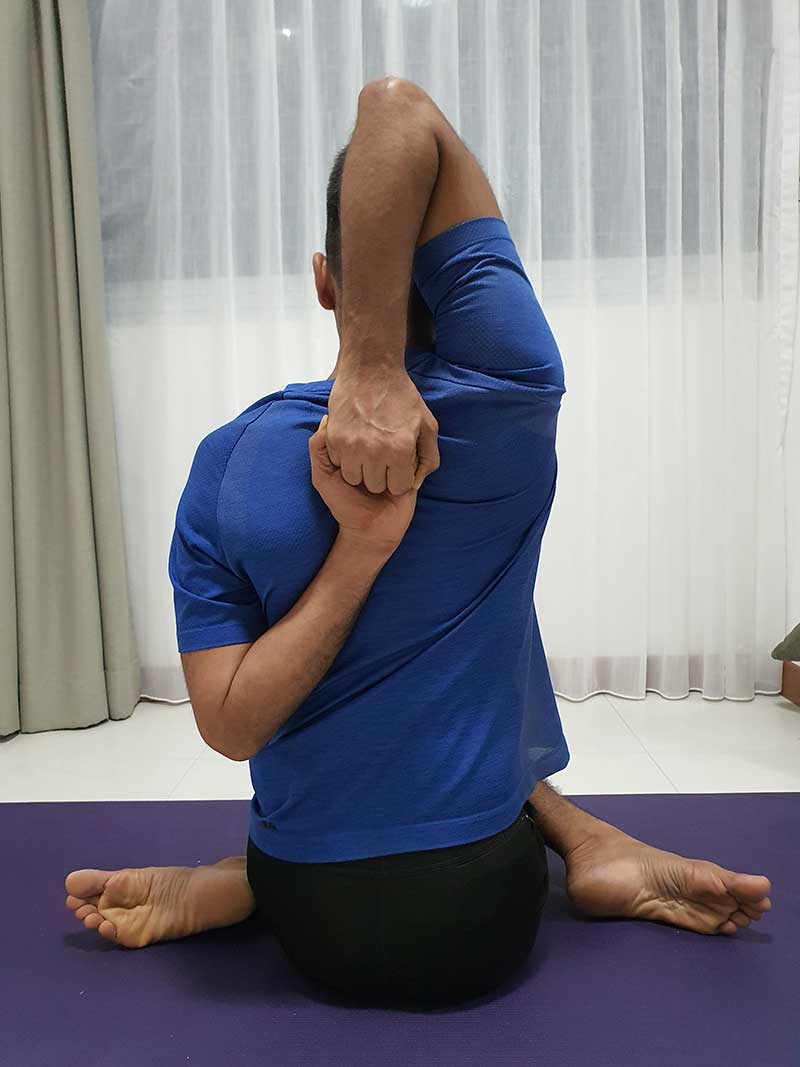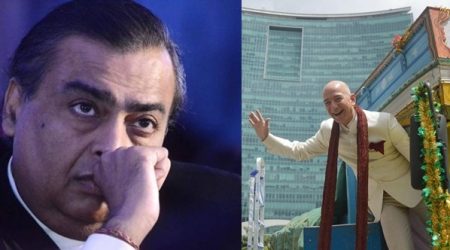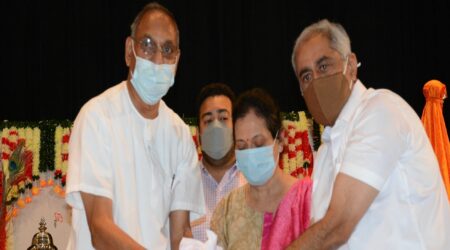By Atul Vyas
Cervical Spondylosis is degeneration or wear and tear of spinal discs in the cervical spine. Cervical spine is made up of seven vertebrae that are joined to each other by inverted discs and ligaments.It is curved with convexity forward. The maximum point of convexity is at the level of disc between 5th and 6th vertebrae.
The spondylosis is most common in these discs as it is the point of maximum stress.
In the process of degeneration, the disc loses its water and becomes dry. A disc in its healthy state is soft, elastic, and strong. Since it is made of fibers, it can be compressed, and compression of several discs in harmony can produce a smooth bend in the spine whenever desired.
However, when a disc becomes degenerated, its elastic fibers no longer exhibit the usual elasticity. They become hard and break under stress. The discs also get worn out and thinned with age or stress level. Such a condition is called cervical spondylosis.
Its common symptom is pain in the neck worsening with exertion. The pain often radiates down to the hand with numbness in fingers or to chest and shoulder blades. In severe cases the movement of neck, shoulder, hands may become limited and painful.
Through yoga, one can not only manage the cervical spondylosis but cure it also. Patients of cervical spondylosis have stiff neck and trapezius in the back shoulder muscles that are barely able to stretch the neck backward, because the anterior surfaces of vertebrae are compressed and cause pain. Spinal extension relieves this problem.
In treatment, it is essential to make trapezius, cervical and shoulder muscles flexible. This can be done by stretching the dorsal spine. Once it is done, the cervical spondylosis ceases to be a problem.
In yoga, the intervertebral spaces are widened by pulling the trapezius and other muscles downwards. This is called yogic traction. It lengthens trapezius and helps in dorsal spine movements.
There are many yogic poses to help this condition but here I mention the simplest one:
Technique
- Stand straight with feet joined together
- Keep the neck straight, and take both arms behind the back, and interlock fingers
- Pull the hands down along the line of the gravity towards the floor
- Hold the position for 5 seconds and relax
- Repeat it for 5 times
- Now, try to raise this interlocked fist upwards parallel to shoulders on the back side as much as possible comfortably
- Hold for 5 seconds and then relax by drop hands down behind the hips
- Repeat 5 times, and then release the fist to bring arms by your side
Benefits
- Helps to align the cervical and dorsal vertebrae rightly
- Induces backward elasticity of shoulders
- Releases compression of cervical nerves
- Opens out the sternum and dorsal spine

The author likes to be called a “Yoga Scientist”. He is a celebrity yoga trainer and has trained several top Hollywood and Bollywood stars. He has trained for years under many eminent yoga gurus including his illustrious mother Daya Vyas, the first lady yoga guru of India.












